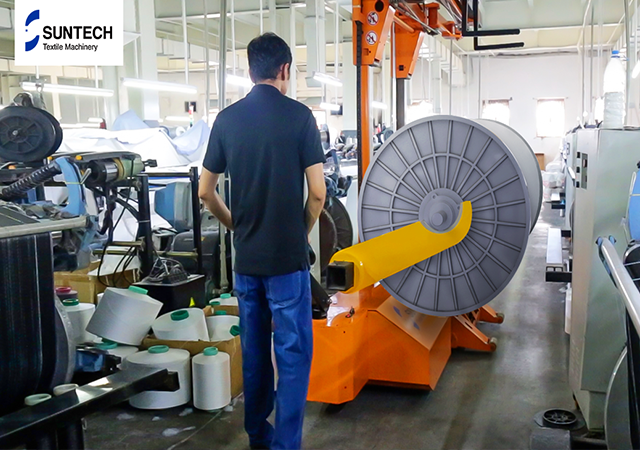The textile industry, one of the oldest and most foundational sectors in manufacturing, has undergone tremendous transformations over the centuries. From hand-spun fabrics to the rise of industrialization, each advancement has brought about significant changes in production methods. Today, the advent of sophisticated textile machinery has revolutionized the industry once more, allowing manufacturers to save labor costs and improve efficiency on an unprecedented scale.
Labor Cost Reduction Through Automation
One of the most significant ways textile machinery aids manufacturers is by reducing labor costs. Traditional textile production was labor-intensive, requiring a substantial workforce to handle spinning, weaving, dyeing, and finishing processes. Modern machinery automates many of these tasks, significantly reducing the need for manual labor.
Dyeing and Finishing Machines: Automation in dyeing and finishing processes ensures uniformity and consistency in textile products. Machines can handle large volumes of fabric, reducing the manual labor needed for these traditionally labor-intensive processes.
Enhanced Efficiency and Productivity
Textile machinery not only cuts down on labor costs but also significantly enhances overall efficiency and productivity. Modern machines are designed to perform tasks faster and more accurately than human workers, leading to increased output and better quality control.
Speed and Consistency: Automated machines operate at high speeds and with consistent quality, which is difficult to achieve with manual labor. This consistency reduces waste and rework, contributing to cost savings and higher profitability.
Advanced Control Systems: Many textile machines are equipped with computerized control systems that allow for precise monitoring and adjustments. These systems ensure optimal performance, reduce downtime, and improve the quality of the final product.

Energy Efficiency: Modern textile machinery is designed to be more energy-efficient, reducing the overall cost of production. Energy-efficient machines lower the utility costs associated with manufacturing, contributing to overall savings.
Flexibility and Scalability: Advanced machinery allows manufacturers to quickly adapt to changing market demands. Machines can be reprogrammed for different textile products without extensive retooling, enabling manufacturers to scale production up or down based on market needs.
Quality Improvement
In addition to cost and efficiency benefits, modern textile machinery also plays a critical role in improving the quality of textile products. Automated processes ensure that each piece of fabric meets stringent quality standards, which is crucial in a highly competitive market.
Precision Engineering: Machinery is engineered to exact specifications, ensuring that each step in the production process is performed with high precision. This reduces defects and enhances the overall quality of the textile products.
Consistent Output: Automation eliminates the variability inherent in manual labor. With machinery, every product batch meets the same high standards, ensuring customer satisfaction and reducing returns and complaints.
Innovative Techniques: Advanced machines enable the use of innovative textile techniques that are difficult or impossible to achieve manually. This includes intricate weaving patterns, complex dyeing methods, and advanced finishing processes that enhance the aesthetic and functional qualities of textiles.
Conclusion
The integration of advanced textile machinery has undeniably transformed the textile manufacturing landscape. By automating labor-intensive processes, these machines help manufacturers reduce labor costs, enhance efficiency, and improve product quality. As technology continues to advance, the textile industry will likely see even greater innovations, further driving productivity and competitiveness in the global market. For manufacturers, investing in modern textile machinery is not just a strategy for cost reduction but a crucial step towards sustainable growth and market leadership.




